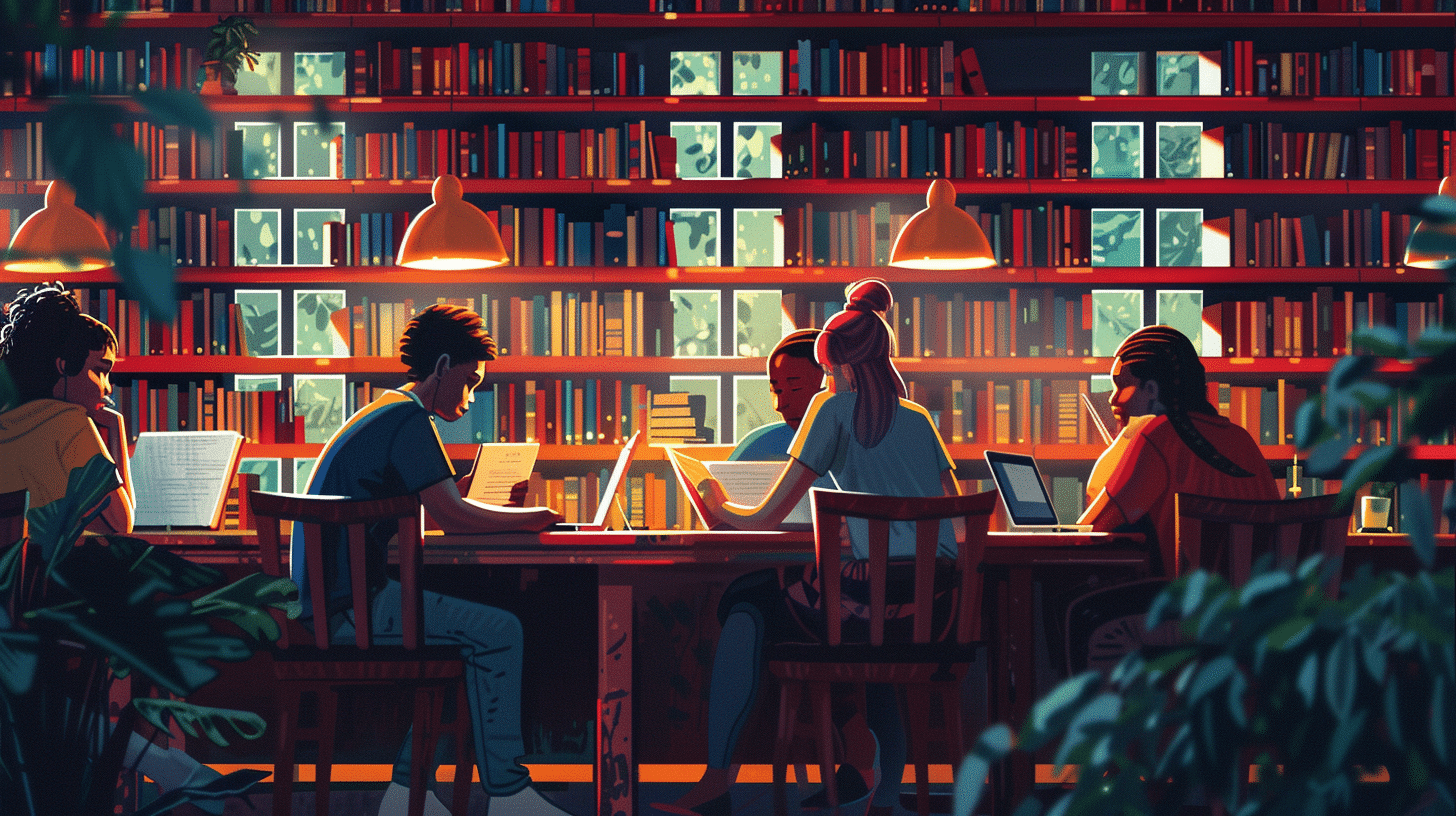In Montenegro, the concept of time might be amusingly different compared to what many are used to. The relaxed approach to timekeeping is not just a stereotype but a cultural norm that can be both baffling and endearing to foreigners. Here, being fashionably late is not just acceptable, it’s almost expected.
Flexible Appointments: If you make a plan to meet someone at a specific time in Montenegro, it’s not uncommon for them to show up a bit later than the agreed time. The locals often operate on what is jokingly referred to as ‘Montenegrin time’, which means that appointments are more of a guideline than a strict schedule.
Casual Business Meetings: Even in professional settings, don’t be surprised if meetings start later than scheduled. The laid-back approach to time also seeps into business culture, where building relationships is often more important than watching the clock.
Montenegrin Epic Poetry
Montenegro has a rich tradition of oral epic poetry, which was historically used to pass down important historical events and cultural values from generation to generation. This form of storytelling is often accompanied by a gusle, a single-stringed musical instrument.
Guslar Performances: The guslar is the performer who sings or recites the epic poems. These performances can be quite dramatic and are a unique cultural experience. The tales often involve heroic deeds, battles, and legendary figures, and can be both serious and unexpectedly humorous in their exaggerations.
Unexpected Humor: While the themes are often grand, there’s a peculiar sense of humor that can arise from the hyperbolic nature of these epic tales. The hero might be so strong that he can lift mountains, or so fierce that the sun hides behind clouds to avoid witnessing his wrath.
The Montenegrin Love for Cats
In Montenegro, cats are more than just pets; they are a beloved part of the local culture, especially in the coastal towns. There’s even a Cats Museum in Kotor, which is quite a testament to their importance.
Cats of Kotor: In Kotor, cats are considered the unofficial rulers of the Old Town. They lounge around in cafes, strut along the ancient walls, and have their pictures taken by the numerous tourists. The locals treat them like part of the community, feeding them and caring for them.
Cat Museum: The Cats Museum in Kotor is a quirky and fascinating place. It showcases a variety of cat-related paraphernalia, including vintage postcards, art, and even old coins with cat motifs. It’s a funny and endearing tribute to these furry friends.
Unique Montenegrin Cuisine
Montenegrin cuisine is a delightful mix of Italian, Turkish, and Balkan influences, leading to some dishes that are as delicious as they are unique.
Kacamak: This traditional dish might sound simple—it’s basically a type of cornmeal porridge—but in Montenegro, it’s elevated with various types of cheese, milk, and sometimes even small pieces of potato. It’s comfort food that sticks to your ribs and surprises many with its hearty flavor.
Njegusi Prosciutto: Made in the mountainous region of Njegusi, this dry-cured ham is a source of national pride. It’s often humorously described as being able to solve all problems. Feeling sad? Have some prosciutto. Tired? Prosciutto will wake you up. It’s a cure-all in Montenegrin culture.
Montenegro’s Surprisingly Vibrant Underwater Postal Service
In a quirky twist that captures the imagination, Montenegro is home to one of the world’s few underwater post offices, located in the Bay of Kotor.
Underwater Postcards: Tourists and locals can actually send waterproof postcards from this submerged post office. Divers or those adventurous enough to take a quick dive can post a unique aquatic greeting to friends and family.
Nautical Stamps: The post office also offers special stamps, which are a collector’s item and a fun souvenir. These stamps are specially designed to withstand the water, featuring marine motifs and scenes from the Adriatic Sea.
Montenegrin Festivals and Odd Traditions
Montenegro’s calendar is packed with festivals, some of which have peculiar and hilarious customs that are a must-experience for any visitor.
Camellia Festival: Held in Stoliv, this festival celebrates the camellia flower with a beauty pageant that’s not just for humans. Pets, particularly cats and dogs adorned with camellia flowers, also get to participate, making for a charming and amusing spectacle.
Mimosa Festival: This festival in Herceg Novi marks the beginning of spring with an abundance of mimosas, music, and merriment. One of the funniest sights is the ‘Mimosa Fight’, where people playfully throw mimosa branches at each other, covering everyone in a yellow flurry.
Montenegro’s charm often lies in its ability to blend deep cultural traditions with a sense of humor and light-heartedness. Whether it’s the leisurely approach to time, the proud display of cats, or the enjoyment of a hearty dish of kacamak, there’s a delightful quirkiness to Montenegrin culture that makes it both fascinating and heartwarming.











 Download talkpal app
Download talkpal app 


